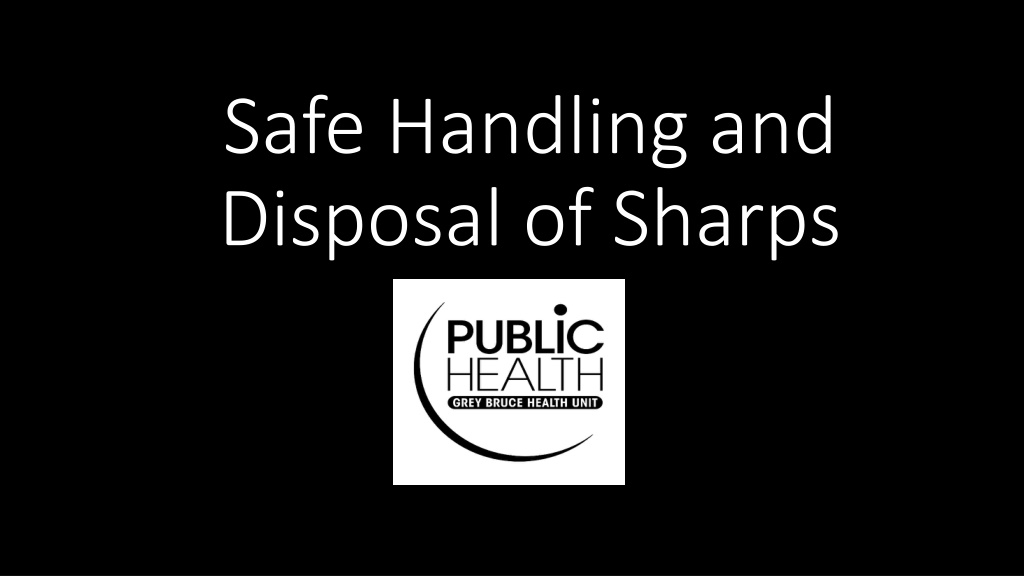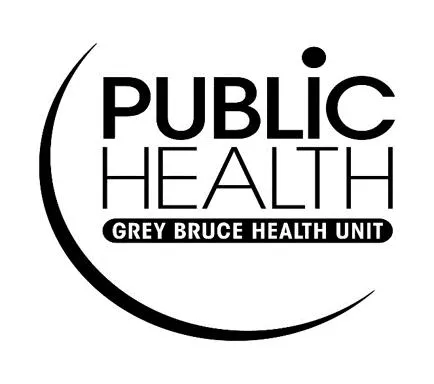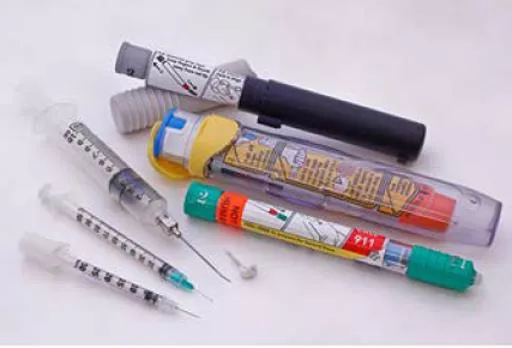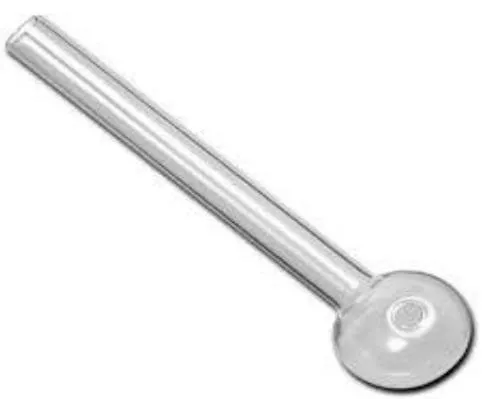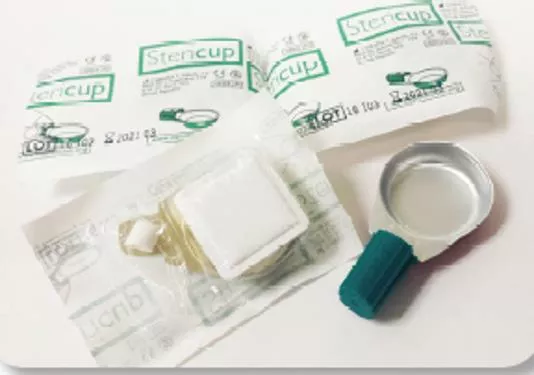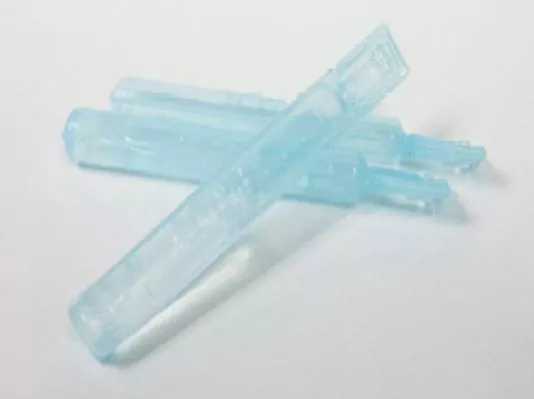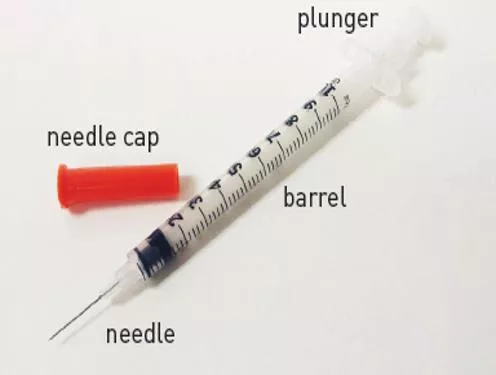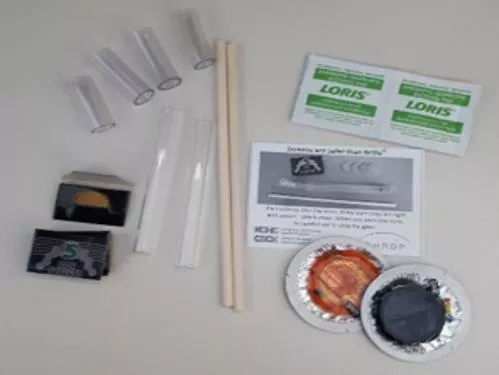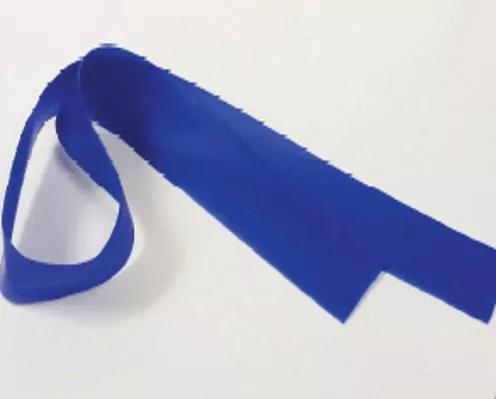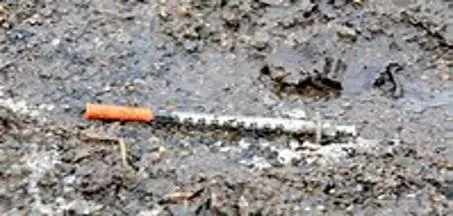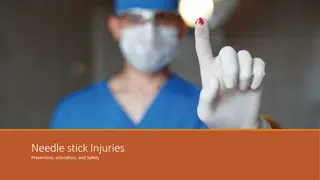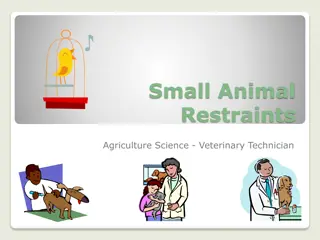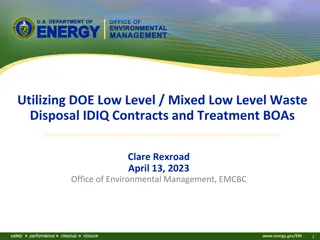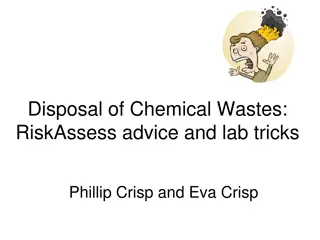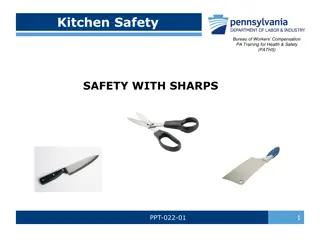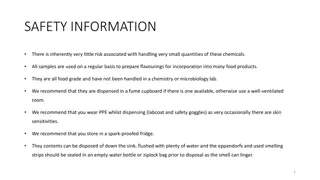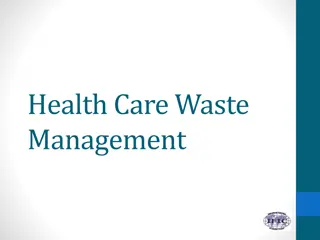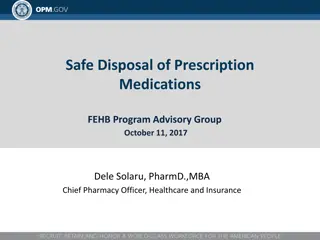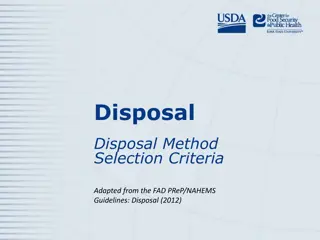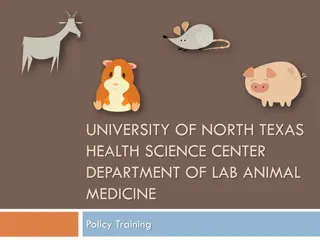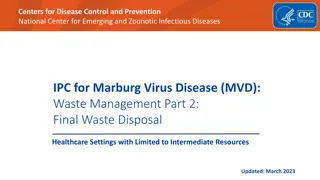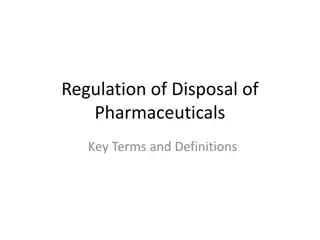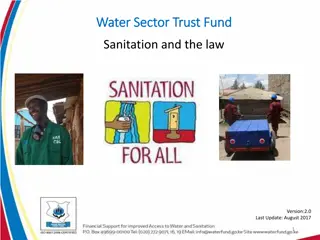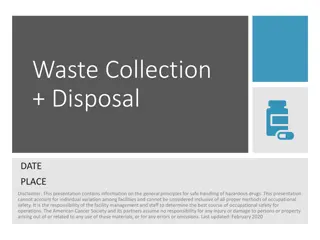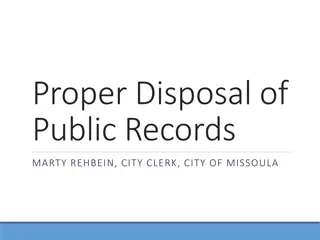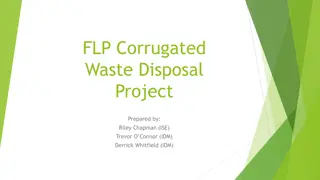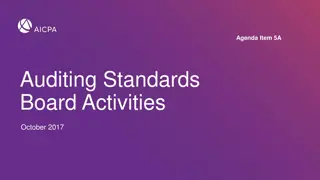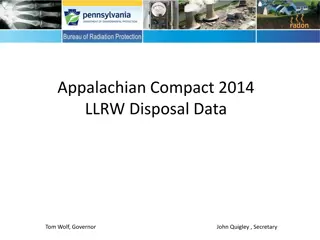Proper Handling and Disposal of Sharps - A Community Safety Concern
Improper disposal of sharps poses risks to public safety as it can lead to injuries from needles contaminated with blood-borne infections. This article emphasizes the importance of safe handling and disposal practices for sharps, including drug paraphernalia, to protect both individuals and the community. It highlights the need for collective efforts to address issues related to discarded sharps in public spaces and provides guidance on safely managing improperly discarded sharps in various settings.
Download Presentation

Please find below an Image/Link to download the presentation.
The content on the website is provided AS IS for your information and personal use only. It may not be sold, licensed, or shared on other websites without obtaining consent from the author. Download presentation by click this link. If you encounter any issues during the download, it is possible that the publisher has removed the file from their server.
E N D
Presentation Transcript
Safe Handling and Disposal of Sharps
What is a Sharp? What is a Sharp? A sharp is any item having corners, edges, or projections capable of cutting or piercing the skin: Needles Needles with syringes Needles from vacutainers Needles with attached tubing Insulin pen Blades (razors, scalpels, exacto, etc.) Broken glass that has come into contact with blood or other body fluids
Drug Paraphernalia Should be Treated as Sharps Cooker Safer Crack Kit Sterile Water Crystal Meth Pipe Tourniquet
Improper Disposal of Sharps is a Community Concern People use sharps for a variety of reasons. Some medical conditions require people to use needles such as diabetes, cancer, or arthritis. People also use needles for non-medical injection drug use. Improperly discarded sharps in public places is a challenge that many communities face. A community approach is required to address this issue. When needles are discarded improperly in a community, it is often a result of not having a place to properly dispose of them. Most people will dispose of needles safely if safe choices are made available (Bridgeman & LePage, 2017, p.3). Image result for found needles
The Community Safety & Well The Community Safety & Well- -being Planning Framework being Planning Framework
Improperly Discarded Sharps can Result in Sharps Injury Can affect anyone but some people may be at higher risk: Maintenance and custodial staff, grounds staff (garbage and recycling removal) Accidental needle stick injuries can expose people to blood borne infections such as Hepatitis B, Hepatitis C and HIV; although the risk is low it is still important to be cautious
If you find improperly discarded sharps On private property: Owner s responsibility and resources available from Public Health to support individuals to safely dispose of sharps While working: If trained/have equipment, following organizational procedures Public place: Some police services and municipalities will respond; check with your local services
Sharps must be disposed of in sharps containers and managed as biohazardous waste.
Disposal of Sharps Disposal of Sharps DOs DON Ts Use PPE (personal protective equipment) Handle sharps with your hands Use sharps containers Force sharps into containers Prepare for disposal Fill containers more than full Participate in training Empty sharps containers Report unsafe environments or practices Recap needles or break the tips off Track found needles/sharps Use hands or feet to compact garbage Follow your workplace policy and procedure Pick up more than one sharp at a time
What is PPE? Equipment required to protect you from injuries Recommended PPE for handling sharps: Puncture resistant or nitrile gloves Tongs Closed toe foot wear Biohazardous waste containers (sharps containers)
Safe Sharp Disposal Follow your organizational policy and procedure for handling sharps Participate in training Track found sharps to identify if there are trends or locations that can support further policy development
Steps to Safe Sharps Disposal Do Not .
Steps to Safe Sharp Disposal Assemble required equipment: Gloves Tongs A sharps container Put on closed toe shoes Bring equipment to the site of the found sharp Assess the site for health hazards
Steps to Safe Sharps Disposal Ensure your container is within arm s reach of where you are working!
I got poked by a needle. What do I do? I got poked by a needle. What do I do? Remain calm Allow the wound to bleed freely; do not squeeze the wound Wash the wound with soap and water; do not apply alcohol or bleach to the wound Apply a sterile, waterproof bandage Notify your supervisor/manager Seek immediate medical attention by going to your local emergency department
References Bridgeman, J., & LePage, R. (2017). Safe Sharps Disposal Toolkit. A Community Response to a Community Issue. Retrieved from https://www.interiorhealth.ca/sites/Partners/HarmReduction/Documents/Safe% 20Sharps%20Disposal%20Toolkit.pdf Ministry of Community Safety and Correctional Services. (2017). Community Safety and Well-being Planning Framework: A Shared Commitment in Ontario. Retrieved from https://www.mcscs.jus.gov.on.ca/sites/default/files/content/mcscs/docs/Booklet %203%20A%20Shared%20Commitment%20Final%20Dec%202018.pdf Sudbury and District Health Unit. (2017). Safe needle disposal. Retrieved from https://www.phsd.ca/wp- content/uploads/2017/08/Safe_Needle_Disposal_Toolkit_2017.pdf Toronto Public Health. (2018). Needle Disposal: Guidance for Policies and Procedures. Retrieved from https://www.toronto.ca/wp- content/uploads/2018/12/8dbc-Needle-Disposal-Guidance.pdf
